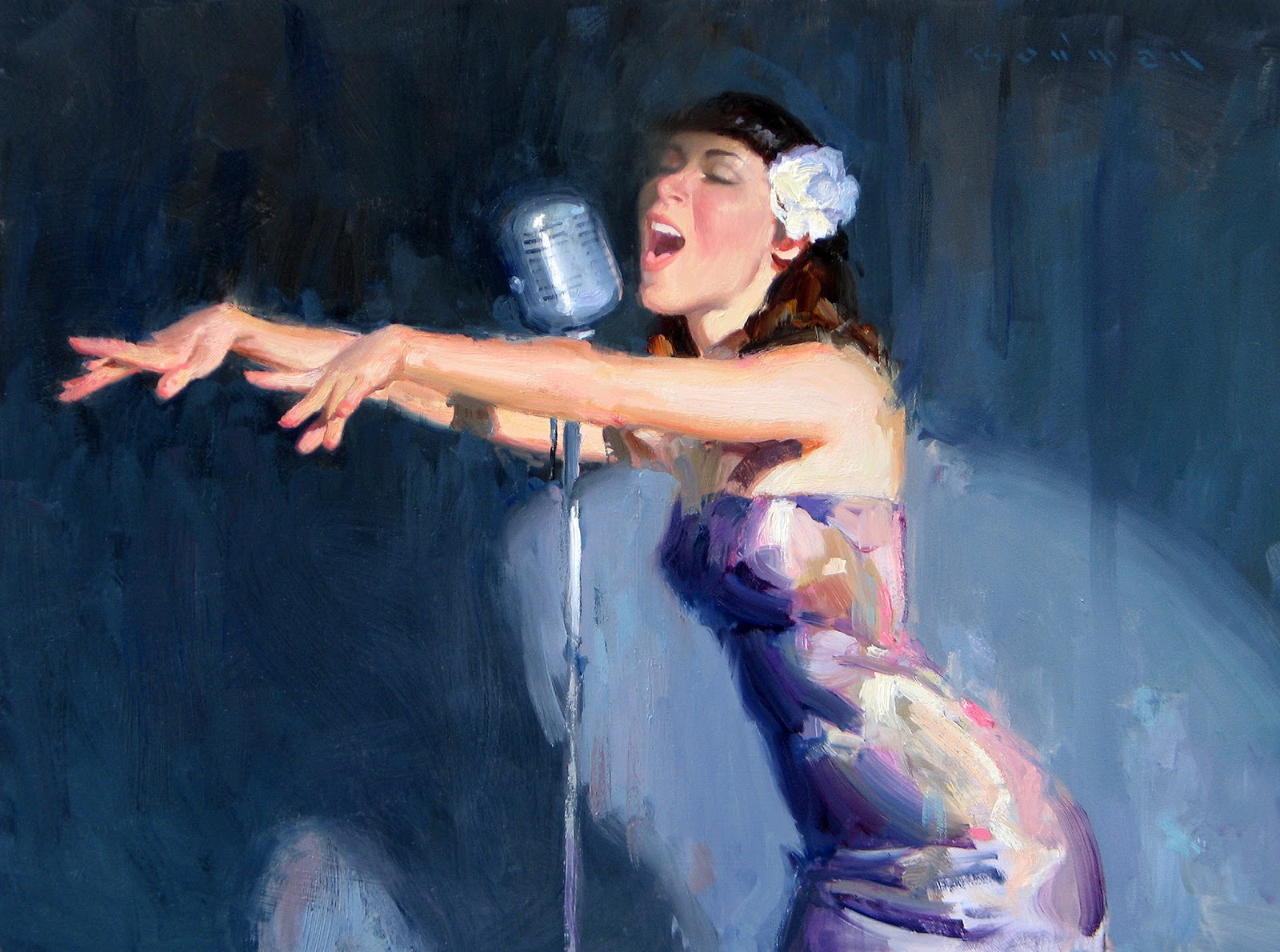Known today primarily as the inventor of the telegraph, Samuel Finley Breese Morse (1791-1872) began his career as a painter.
Born in Charlestown, Massachusetts, he attended Yale University, graduated in 1810, and moved to Boston.
There he became the private pupil and friend of the painter Washington Allston, who introduced him to a traditional program of study that encompassed drawing, anatomy, and art theory.
With Allston’s encouragement, Morse went to London, where he met Benjamin West and was accepted as a student at the Royal Academy of Arts.
Morse’s first major painting there, The Dying Hercules (1812-1813, Yale University Art Gallery), earned high praise.
Returning home in 1815, full of optimism and national pride, Morse confronted an artistic climate unfavorably disposed to history painting in the grand manner and was forced to turn to portrait painting for financial support.
Throughout the late 1810s and 1820s, he painted portraits of clients in cities and towns along the Atlantic seaboard.

.jpg)






